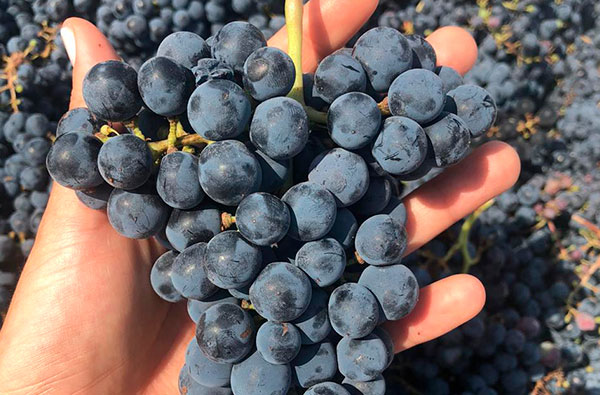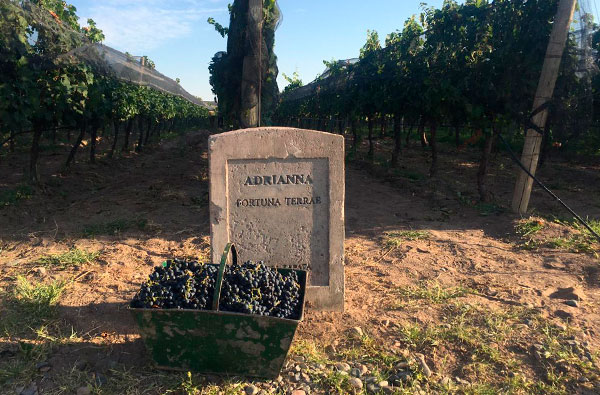HARVEST REPORT - 2020
The summer of 2019 started with warmer than usual temperatures and then cooled off in February. Decreased snow in the winter months resulted in water shortages which led to overall yields being down 20-30%. The lack of summer rains resulted in perfectly healthy grapes. The big scare of the season came on March 19th, 2020, when the Argentine government declared an obligatory quarantine and we feared that harvest would have to stop with some of our best grapes still on the vine. Late in the day, an order exempting wine as an essential food product came through, allowing us to continue harvesting through the first week of April.Prepared by Dr. Laura Catena, Chief Winemaker Alejandro Vigil and Viticulturist Luis Reginato

Strict social distancing and other necessary precautions were put in place and all office personnel moved to working from home. The winery was closed to visitors a few days prior. Winemakers can't remember an earlier harvest year. The cool climate areas at extreme high altitude in the Uco Valley are yielding beautifully concentrated wines with intense aromatics, optimal texture and structure, and high acidity (healthy levels of malic acid). Head winemaker Alejandro Vigil calls it one of the best vintages of the last 10 years.



